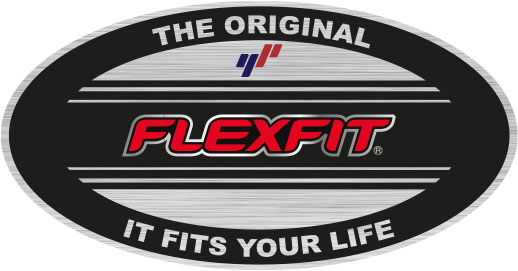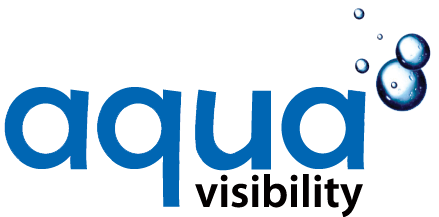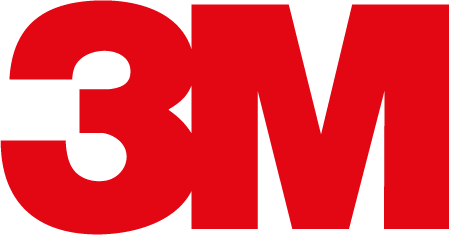Businesses may have to file records of COGS differently, depending on their business license. Salaries and other general and administrative expenses are not labeled as COGS. However, there are types of labor costs that may be included in COGS, provided that they how long it takes a check to clear are directly related to producing the primary product or service of the company. For example, if a company manufactures clothing, the salaries of sewers and cutters would likely be included in COGS, as they are directly involved in the production process.
Efficient Inventory Management
COGS only includes costs and expenses related to producing or purchasing products for sale or resale such as storage and direct labor costs. Cost of goods sold, or COGS, is the total cost a business has paid out of pocket to sell a product or service. It represents the amount that the business must recover when selling an item to break even before bringing in a profit. Cost of goods sold includes any direct costs that a business incurs in the manufacture, purchase and sale or resale of products.
How to Calculate Your Cost of Goods Sold (COGS)
While this movement is beneficial for income tax purposes, the business will have less profit for its shareholders. Businesses thus try to keep their COGS low so that net profits will be higher. Cost of goods sold (COGS) refers to the direct costs of producing the goods sold by a company.
Direct Costs Vs Indirect Costs
The terms ‘profit and loss account’ (GAAP) and ‘income statement’ (FRS) should reflect the COGS data. For example, assume that a company purchased materials to produce four units of their goods. While the gross margin is the standard metric used to analyze the direct costs of a company, the COGS margin is the inverse (i.e., one subtracted by gross margin). The formula for calculating cost of goods sold (COGS) is the sum of the beginning inventory balance and purchases in the current period, subtracted by the ending inventory balance. The average price of all the goods in stock, regardless of purchase date, is used to value the goods sold. Taking the average product cost over a time period has a smoothing effect that prevents COGS from being highly impacted by the extreme costs of one or more acquisitions or purchases.
Cost of Goods Sold Formula (COGS)
This assumption is closely matched to the actual flow of goods in most companies. The IRS has set specific rules for which type of method a company can use and when to make changes to the inventory cost method. You also have to spend $1 per bath soap on the labor required to craft it and $1 for packaging. In the case https://www.kelleysbookkeeping.com/ of the former, you should raise your prices to match your competitors. If the latter is true, you should find a way to reduce costs, such as getting a new materials supplier. Given the issues noted here, it should be clear that the calculation of the cost of goods sold is one of the more difficult accounting tasks.
They go below your gross profit on the income statement and include costs like rent, interest, and advertising. Correctly calculating the cost of goods sold is an important step in accounting. Any money your business brings in over the cost of goods sold for a time period can be allotted to overhead costs, and whatever is leftover is your business’s profit. Without properly calculating the cost of goods sold, you will not be able to determine your profit margin, or if your business is making a profit in the first place. The LIFO method will have the opposite effect as FIFO during times of inflation.
Cost of Goods Sold (COGS), otherwise known as the “cost of sales”, refers to the direct costs incurred by a company while selling its goods or services. The earliest goods to be purchased or manufactured are sold first. Since prices tend to go up over time, a company that uses the FIFO method will sell its least expensive products first, which translates to a lower COGS than the COGS recorded under LIFO. Calculating and tracking COGS throughout the year can help you determine your net income, expenses, and inventory. And when tax season rolls around, having accurate records of COGS can help you and your accountant file your taxes properly. Determining the cost of goods sold is only one portion of your business’s operations.
- The cost of goods sold (COGS) is the cost related to the production of a product during a specific time period.
- This means that the inventory value recorded under current assets is the ending inventory.
- The cost of goods sold does not include any administrative or selling expenses.
- But businesses also have to consider the costs of the product they make, only in a different way.
As you can see, calculating your COGS correctly is critical to running your business. In the final step, we subtract revenue from gross profit to arrive at – $20 million as our COGS figure. Under the matching principle of accrual accounting, each cost must be recognized in the same period as when the revenue was earned. COGS only applies to those costs directly related to producing goods intended for sale. Twitty’s Books began its 2018 fiscal year with $330,000 in sellable inventory. By the end of 2018, Twitty’s Books had $440,000 in sellable inventory.
On most income statements, cost of goods sold appears beneath sales revenue and before gross profits. You can determine net income by subtracting expenses (including COGS) from revenues. COGS excludes the https://www.kelleysbookkeeping.com/value-relevance-of-accounting-information/ other expenses your business incurs in its day-to-day operations. Commonly referred to as operating or selling and administrative (SG&A) expenses, these costs aren’t directly related to production.
If the inventory value included in COGS is relatively high, then this will place downward pressure on the company’s gross profit. For this reason, companies sometimes choose accounting methods that will produce a lower COGS figure, in an attempt to boost their reported profitability. COGS does not include costs such as overhead, sales and marketing, and other fixed expenses.
COGS is an important concept in accounting firms and finance and includes four major components – direct materials, direct labor, manufacturing overhead, and selling expenses. Many service companies do not have any cost of goods sold at all. COGS is not addressed in any detail in generally accepted accounting principles (GAAP), but COGS is defined as only the cost of inventory items sold during a given period.
Consumers often check price tags to determine if the item they want to buy fits their budget. But businesses also have to consider the costs of the product they make, only in a different way. Here in our example, we assume a gross margin of 80.0%, which we’ll multiply by the revenue amount of $100 million to get $80 million as our gross profit. In effect, the company’s management obtain a better sense of the cost of producing the good or providing the service – and thereby can price their offerings better. The calculation of COGS is distinct in that each expense is not just added together, but rather, the beginning balance is adjusted for the cost of inventory purchased and the ending inventory.
Instead, the average price of stocked items, regardless of purchase date, is used to value sold items. Items are then less likely to be influenced by price surges or extreme costs. The average cost method stabilizes the item’s cost from the year. During inflation, the FIFO method assumes a business’s least expensive products sell first.

















